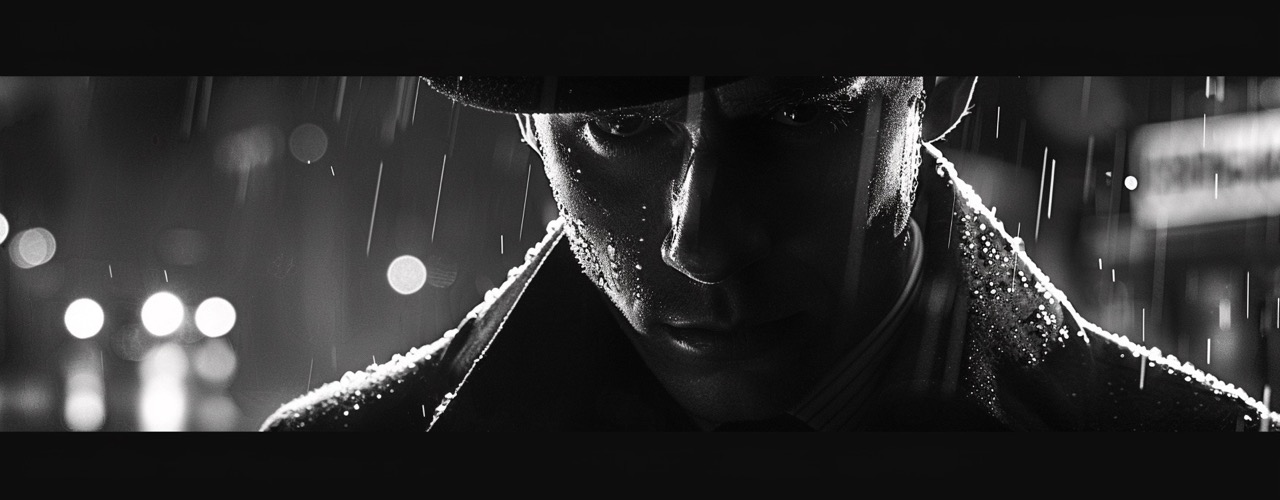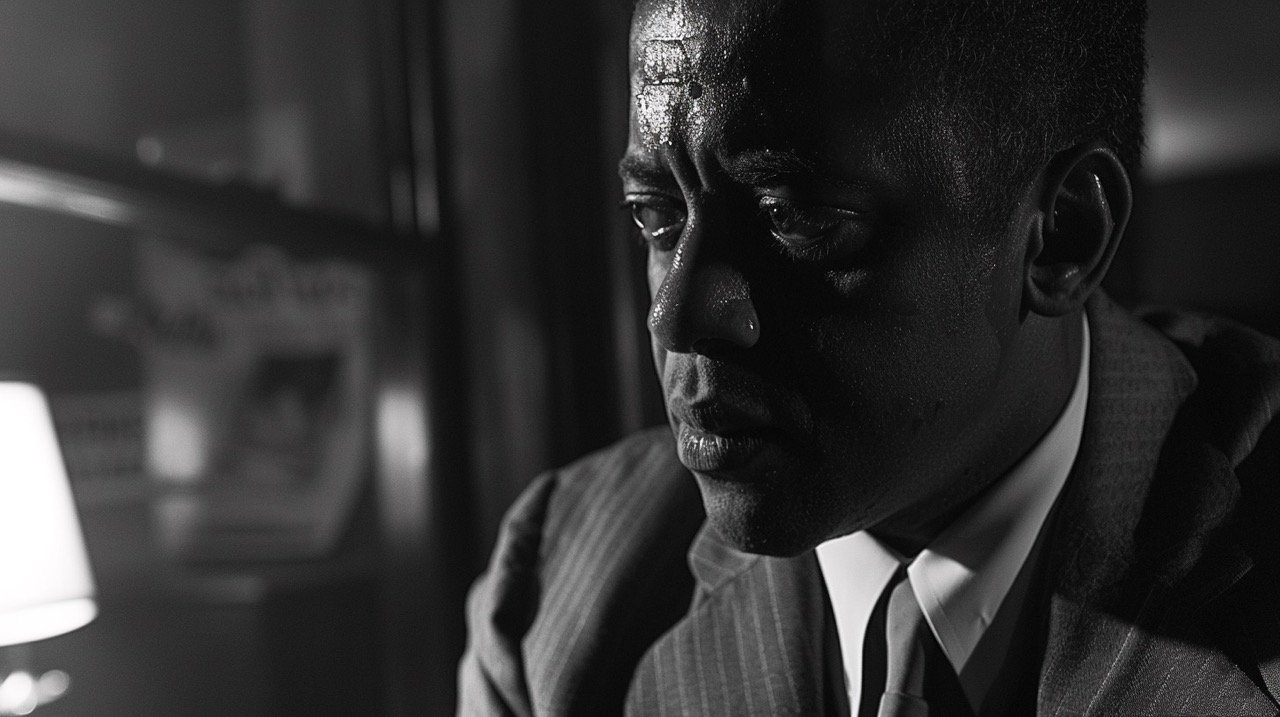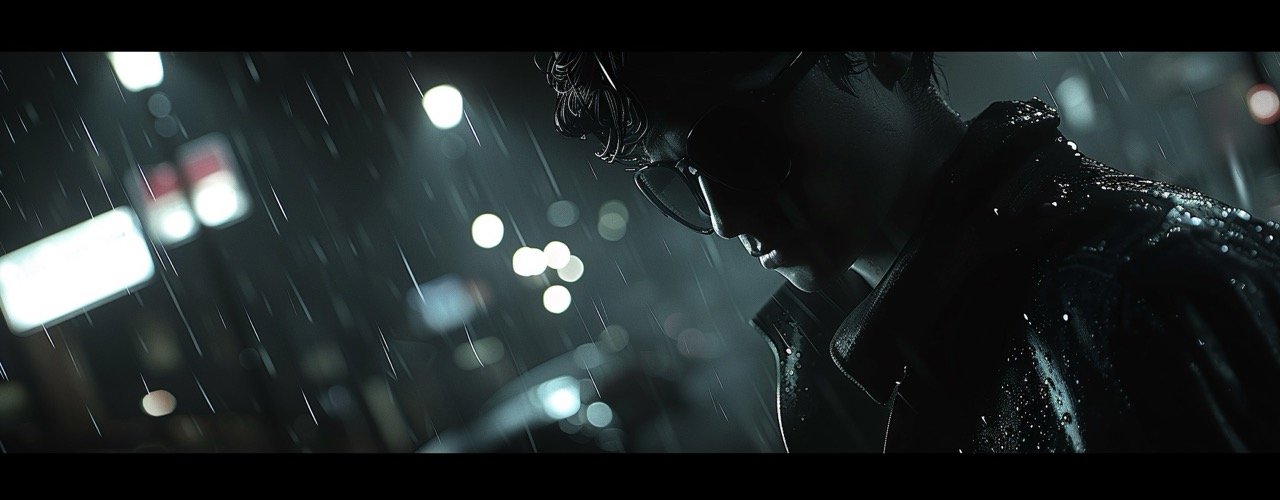Film Noir, a term that evokes the mystery and seductive shadows of the cinematic world, remains one of the most fascinating and enduring genres in the history of film. Originating in the early 1940s, this genre has continued to captivate audiences with its complex narratives, stylistic visuals, and the moral ambiguity of its characters. But what exactly defines Film Noir, and why does it hold such a significant place in the pantheon of film history? In this deep dive, we will explore the defining characteristics of Film Noir, its historical context, and its lasting impact on cinema.
The term "Film Noir" was first coined by French film critics, notably Nino Frank in 1946, who noticed a trend in the dark, pessimistic themes of American films that were being produced during and after World War II. These movies were markedly different from the optimistic and patriotic films that characterized the early 1940s. They reflected a more cynical and disillusioned perspective, mirroring the societal changes and uncertainties of the time.
One of the most striking aspects of Film Noir is its distinctive visual style. This genre is renowned for its use of low-key lighting, stark contrasts between light and shadow, and moody, atmospheric settings. These elements combined to create a sense of foreboding and unease, perfectly complementing the themes of moral ambiguity and existential dread that are common in Noir narratives.
At the heart of many Film Noir stories is the protagonist, often a flawed hero or anti-hero. These characters are typically marked by a sense of disillusionment, a cynical outlook on life, and a questionable moral compass. Whether it’s a hard-boiled detective, a down-on-his-luck boxer, or a femme fatale, Noir characters are complex, multifaceted, and deeply human.
A defining feature of Film Noir is the presence of the femme fatale, a character who is both alluring and dangerous. This archetype represents a challenge to the traditional social order and gender roles of the time, embodying independence, sexual power, and often, moral ambiguity. The femme fatale is usually central to the plot’s development, often leading the male protagonist into a web of deceit and danger.

Film Noir is not just defined by its visual style but also by its thematic depth. The genre often explores existential themes, including the search for meaning in an indifferent universe, the blurred lines between good and evil, and the struggles with identity and alienation. These themes resonate with the existentialist philosophy that was gaining popularity at the time, adding layers of complexity to the narratives.
The visual style of Film Noir was heavily influenced by German Expressionism, an artistic movement that emerged in the early 20th century. German Expressionist filmmakers used stark lighting contrasts, exaggerated angles, and shadowy, nightmarish landscapes to evoke emotional responses. Many of the directors who played a pivotal role in shaping Film Noir had roots in German Expressionism, bringing with them a distinctive visual and narrative style that would define the genre.

Film Noir has left an indelible mark on the film industry, influencing countless directors and genres. Neo-Noir, a modern iteration of the genre, continues to explore similar themes and aesthetics, adapting them to contemporary settings and sensibilities. From classic films like "The Maltese Falcon" and "Double Indemnity" to modern interpretations like "Blade Runner" and "Mulholland Drive," the influence of Noir is unmistakable.
This genre, known for its dark themes, complex characters, and stylistic visuals, has not only influenced countless directors and genres but has also given birth to Neo-Noir, a contemporary iteration that reimagines classic Noir elements for modern audiences. The transition from classic Film Noir to Neo-Noir demonstrates the genre's adaptability and enduring appeal, bridging the gap between past and present cinematic landscapes.
Neo-Noir, as a genre, is a fascinating evolution of Film Noir. While it retains the core elements of its predecessor—such as moral ambiguity, complex narratives, and a distinct visual style—Neo-Noir adapts these elements to fit contemporary settings and sensibilities. This modern reinterpretation often incorporates advanced filmmaking technologies, color palettes, and narrative complexities that were not present or as prominently explored in classic Noir films. Films like "Blade Runner" and "Mulholland Drive" exemplify this transition, utilizing color, modern themes, and futuristic settings to explore the same existential questions and moral complexities that defined original Noir films.

Film Noir's influence extends far beyond its own genre, impacting a wide range of other genres and inspiring generations of filmmakers. Directors like Quentin Tarantino, Christopher Nolan, and David Lynch have all drawn inspiration from Film Noir, incorporating its themes, narrative techniques, and visual style into their works. Whether it's the non-linear storytelling of "Pulp Fiction," the psychological depth and moral ambiguity of "Memento," or the surreal, dream-like landscapes of "Twin Peaks," the fingerprints of Film Noir are evident across a diverse array of films and genres.
The continued relevance of Film Noir and Neo-Noir speaks to their deep cultural and philosophical significance. These genres explore themes that are universally human—existential despair, the search for identity, and the blurred lines between good and evil. They reflect the anxieties and uncertainties of the times in which they were made, from the post-war disillusionment of the 1940s and 50s to the existential and technological concerns of the modern era. This ability to mirror societal changes and inner human conflicts makes Film Noir and Neo-Noir perpetually relevant.
The legacy of Film Noir has also been carried forward into new media and technologies. With the advent of digital filmmaking and streaming platforms, Neo-Noir has found new avenues for expression and audience engagement. The digital age has allowed for greater experimentation with the visual and thematic elements of Noir, leading to innovative works that push the boundaries of the genre. Moreover, the accessibility of classic and Neo-Noir films on streaming platforms has introduced these genres to new generations of viewers, ensuring their ongoing legacy.
The enduring appeal of Film Noir lies in its exploration of the darker aspects of human nature and society. Through its stylistic visuals, complex characters, and existential themes, Film Noir invites viewers to confront the moral ambiguities of the world. As we delve into the shadows with each Noir film, we are not just entertained but also prompted to reflect on the human condition and the mysteries that lie beneath the surface of everyday life.
As we continue to explore the depths of Film Noir, it's clear that this genre offers more than just entertainment. It provides a lens through which we can examine the complexities of human nature, the struggles of the human condition, and the perpetual conflict between light and shadow, both literally and metaphorically.

CINEMA LUTS VOL. 1
Turn your footage into cinematic masterpieces with our 1-Click solution LUTs. Over 30 handcrafted presets are waiting for you!
Free Tools
LUT Converter (65 to 33)
© cinema-luts.com
Imprint - Privacy Policy - Cookies - Blog